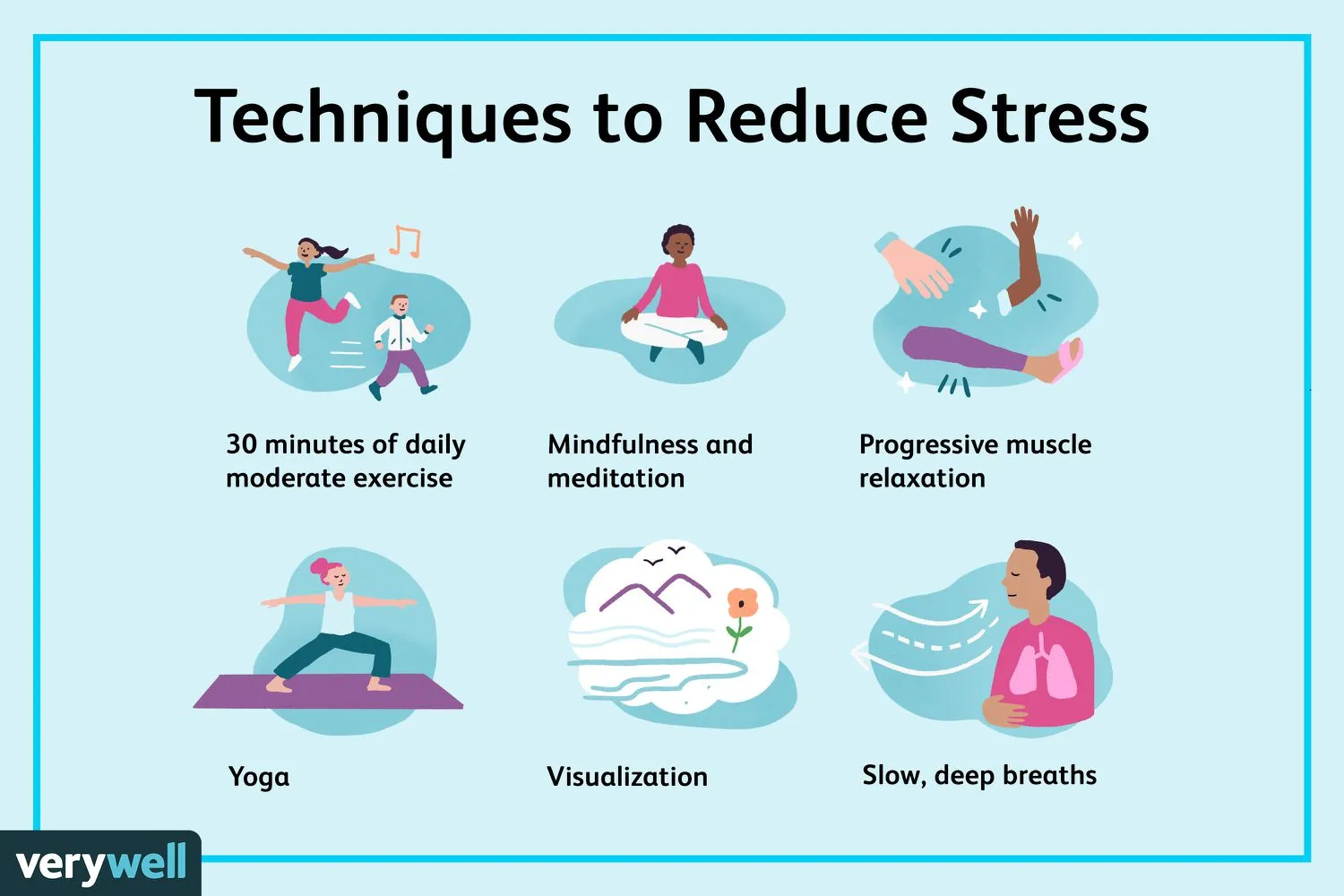Understanding ADHD: Unraveling the Complexities of Attention-Deficit/Hyperactivity Disorder
Introduction:
Attention-Deficit/Hyperactivity Disorder (ADHD) is a neurodevelopmental disorder that affects both children and adults. It is characterized by persistent patterns of inattention, impulsivity, and hyperactivity, which can significantly impact an individual’s daily functioning. This article aims to shed light on the complexities of ADHD, its symptoms, causes, and available treatments.
- What is ADHD?
ADHD is a condition that affects the brain’s executive functions, impairing an individual’s ability to focus, regulate emotions, and control impulses. There are three main types of ADHD: predominantly inattentive presentation, predominantly hyperactive/impulsive presentation, and combined presentation.
- Symptoms and Diagnostic Criteria:
The symptoms of ADHD vary from person to person but generally include difficulty paying attention, forgetfulness, excessive talking, restlessness, impulsivity, and difficulty staying organized. To diagnose ADHD, a healthcare professional will assess these symptoms, considering their duration, intensity, and impact on daily life.
- Causes and Risk Factors:
The exact causes of ADHD are not fully understood, but research suggests a combination of genetic, neurological, and environmental factors. Family history of ADHD, exposure to prenatal risks (such as smoking or substance abuse during pregnancy), premature birth, and early childhood exposure to lead are some potential risk factors.
- Impact on Daily Life:
ADHD can have a significant impact on various aspects of an individual’s life. Children with ADHD may struggle academically, have difficulty maintaining friendships, and experience behavioral challenges. In adults, ADHD can affect work performance, relationships, and overall well-being.
- Coexisting Conditions:
ADHD often coexists with other conditions such as learning disabilities, anxiety disorders, depression, and oppositional defiant disorder. These comorbidities can complicate the diagnosis and treatment of ADHD, requiring a comprehensive and multidimensional approach.
- Treatment Options:
Managing ADHD typically involves a combination of interventions tailored to the individual’s specific needs. These may include medication, behavioral therapy, parent training, educational support, and lifestyle modifications. Medications such as stimulants and non-stimulants can help improve attention and reduce hyperactivity, while therapy can provide coping strategies and skills.
- Support for Individuals with ADHD:
Supportive environments play a crucial role in helping individuals with ADHD thrive. Educators, employers, and families can create structured routines, provide clear instructions, and offer consistent support. Awareness and understanding of ADHD within the community can also contribute to reducing stigma and promoting acceptance.
- Strategies for Coping:
Individuals with ADHD can adopt various strategies to manage their symptoms effectively. These may include creating schedules and to-do lists, breaking tasks into smaller, manageable parts, setting reminders, practicing mindfulness and relaxation techniques, and seeking support from peers and professionals.
- Lifelong Journey:
ADHD is a lifelong condition, and its impact can change over time. With appropriate management strategies and support, individuals with ADHD can lead fulfilling lives and achieve their goals. However, it is essential to recognize that challenges may persist, and ongoing self-care and advocacy are crucial.
Conclusion:
ADHD is a complex neurodevelopmental disorder that requires understanding and support from various stakeholders. By recognizing the symptoms, understanding the causes, and implementing appropriate interventions, individuals with ADHD can thrive and overcome the challenges associated with the condition. Continued research and increased awareness are crucial to promoting acceptance and providing individuals with ADHD the opportunity to reach their full potential.
![]()





